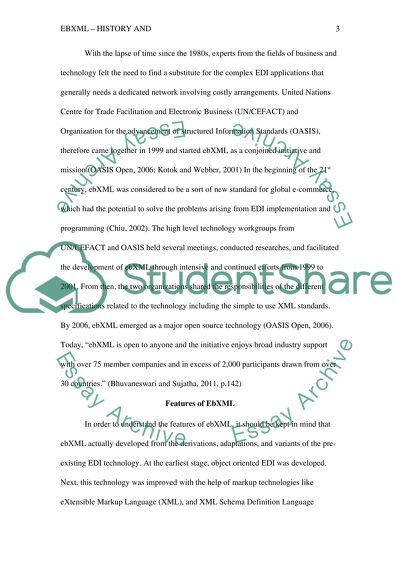Cite this document
(“EbXML : History and Features Research Paper Example | Topics and Well Written Essays - 1000 words”, n.d.)
EbXML : History and Features Research Paper Example | Topics and Well Written Essays - 1000 words. Retrieved from https://studentshare.org/information-technology/1435005-ebxml-yt-history-and-features
EbXML : History and Features Research Paper Example | Topics and Well Written Essays - 1000 words. Retrieved from https://studentshare.org/information-technology/1435005-ebxml-yt-history-and-features
(EbXML : History and Features Research Paper Example | Topics and Well Written Essays - 1000 Words)
EbXML : History and Features Research Paper Example | Topics and Well Written Essays - 1000 Words. https://studentshare.org/information-technology/1435005-ebxml-yt-history-and-features.
EbXML : History and Features Research Paper Example | Topics and Well Written Essays - 1000 Words. https://studentshare.org/information-technology/1435005-ebxml-yt-history-and-features.
“EbXML : History and Features Research Paper Example | Topics and Well Written Essays - 1000 Words”, n.d. https://studentshare.org/information-technology/1435005-ebxml-yt-history-and-features.


